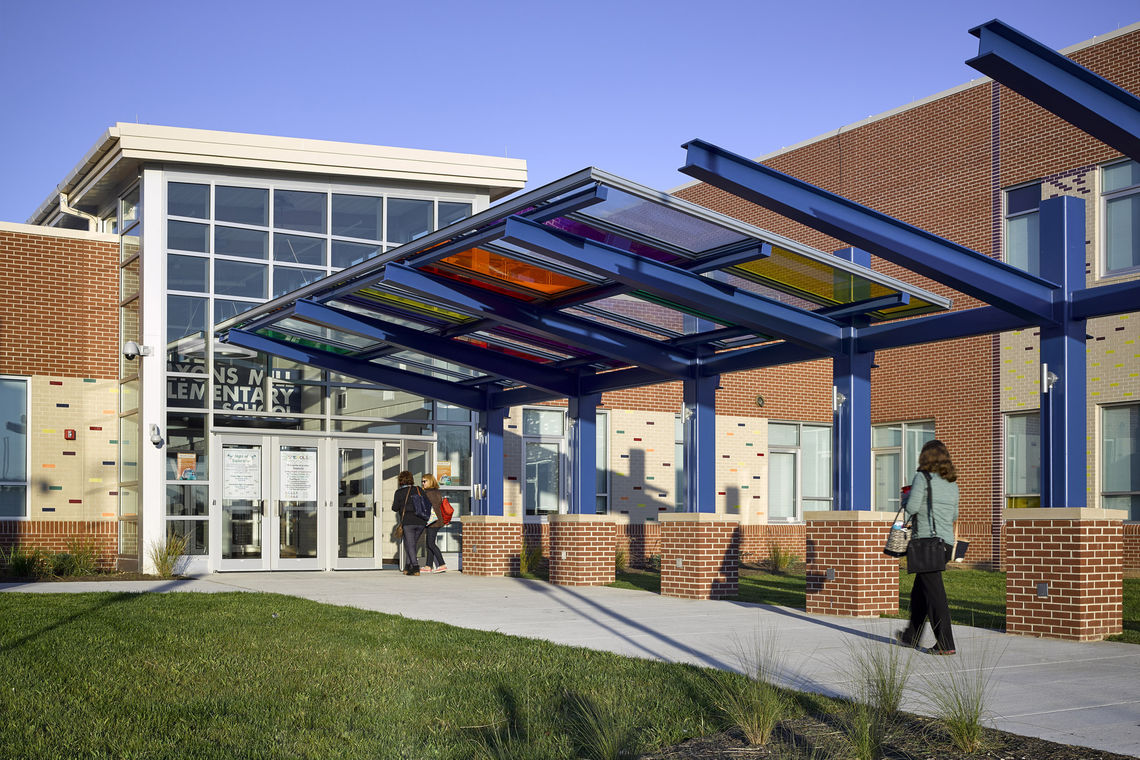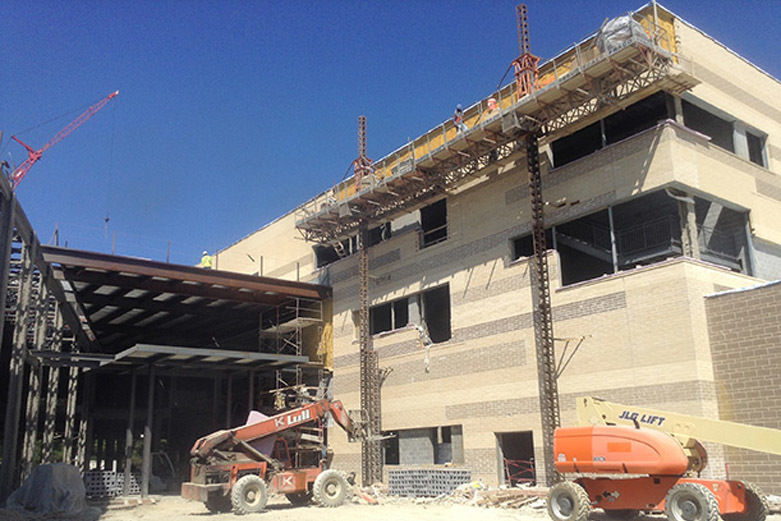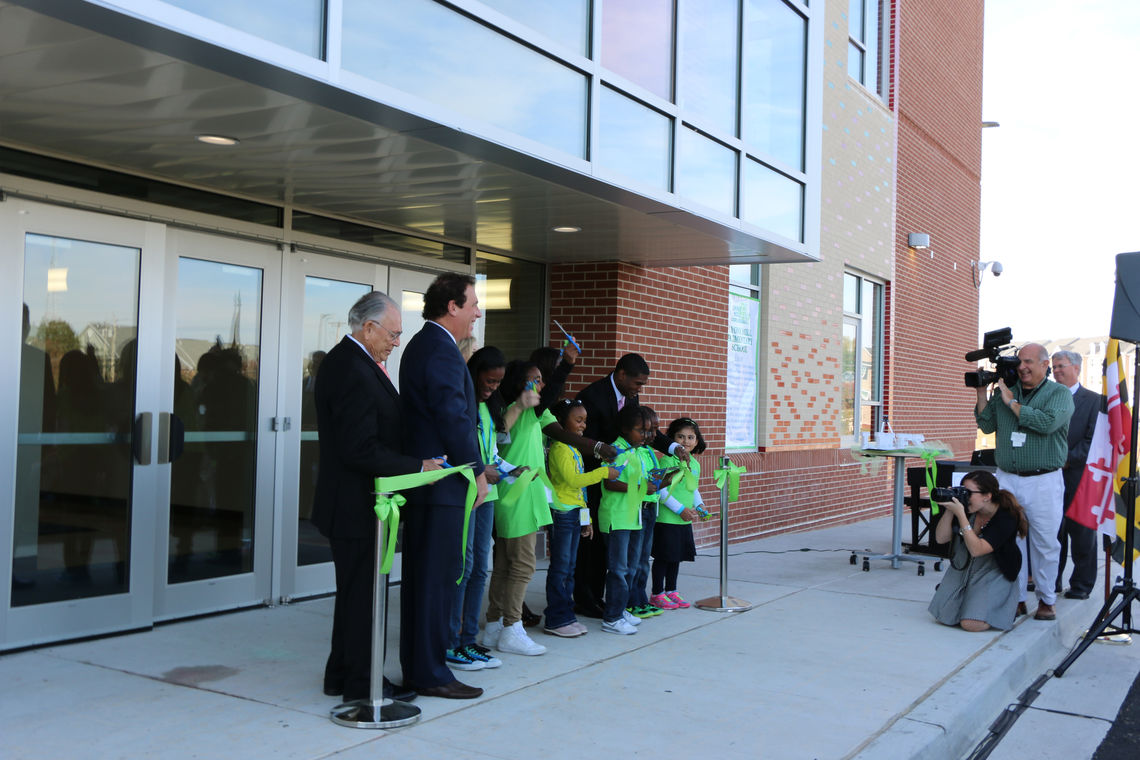In states like Maryland, where school systems are County-wide and can encompass well over 100 facilities, it’s common to see prototype school buildings.
Building prototypes have been in use for many years and are most appropriate in situations where the functional use varies little from building to building – elementary schools are a perfect example. Among others, one important benefit prototypes offer to school systems is the ability to provide consistency and equity of curriculum delivery throughout a large system.
As easy as it would be to simply reuse prototype building plans to build multiple schools over many years, it’s important to consider that a prototype building can’t be reused indefinitely without additional design work. While the visual similarity of the buildings may make them appear identical to a casual observer, what isn’t as readily apparent are the required systemic changes from facility to facility.
When we are asked to re-implement a prototype building for one of our clients, we’ll begin the project by asking if the current design is functioning in an ideal way for the school communities where it already exists. Feedback from the users of the built prototype is essential to continually improve the building’s support of the current educational program – which changes from year to year. Pedagogy is constantly adapting to current culture, and improving based on research into effective teaching and learning practices. In recent years, discussions around “21st century” facilities have dominated the conversation about how best to serve today’s educational communities. Project-based and team-centric learning are transforming the needs of school environments from the individually-focused spaces of old into today’s collaborative learning spaces. County-wide programs based in certain schools can also present specific requirements unique to one school facility.
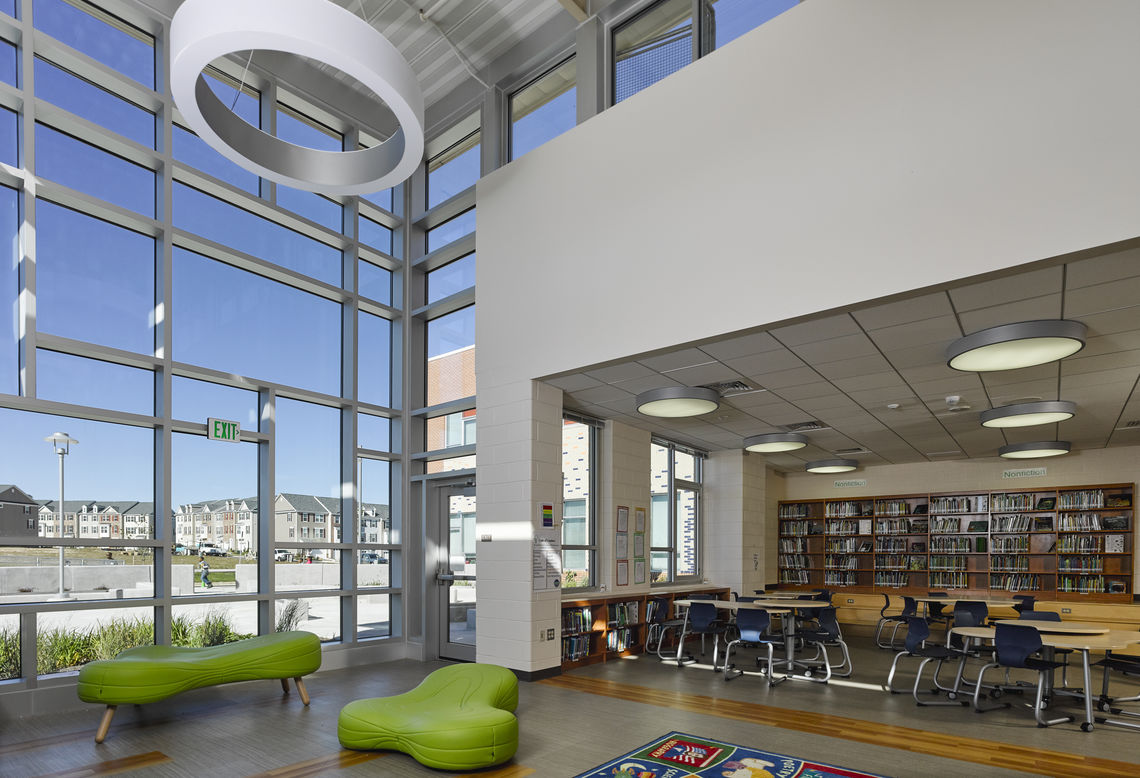
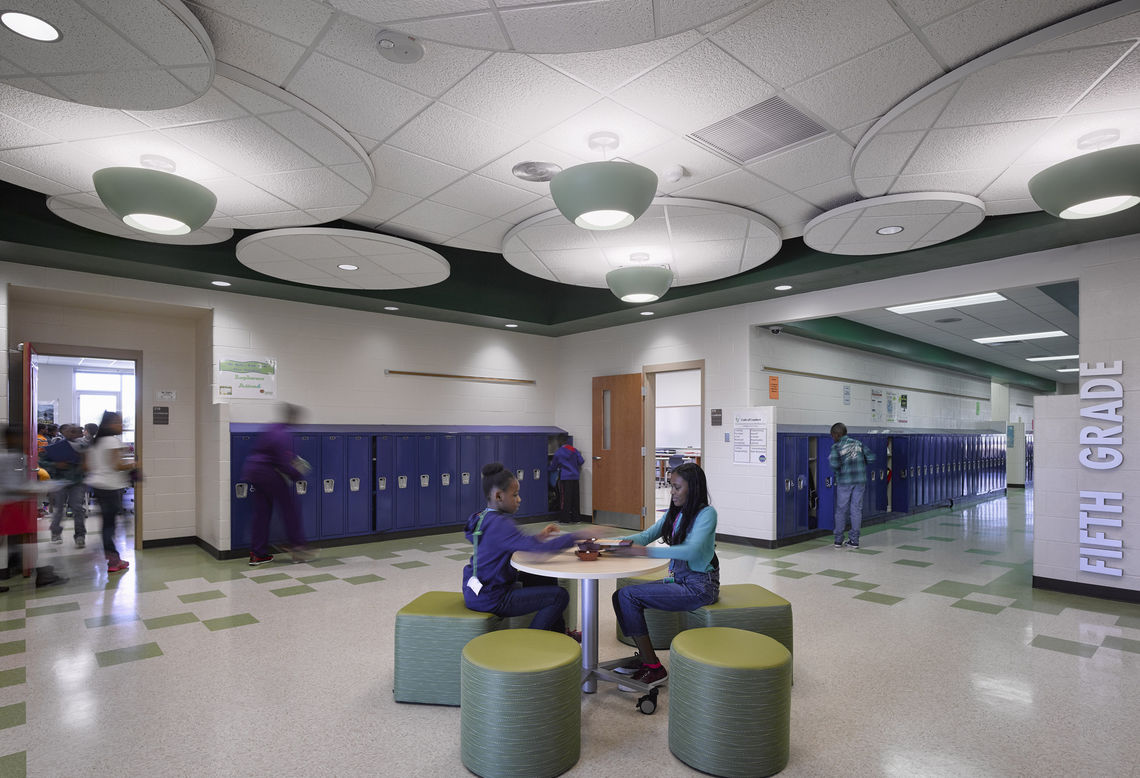
Lyons Mill Elementary School is the first of three schools that will be constructed in Baltimore County using a GWWO prototype that embraces 21st century learning.
Perhaps the greatest struggle is for the prototype to keep up with instructional technology, as it changes more rapidly than any other building component. School systems throughout the country are advancing technological provisions for the students with 1:1 devices, BYO-Device programs, as well as improved technological tools for teachers. You might wonder why students’ tablets would affect a school’s physicality – but in fact, accommodating the new needs for group charging stations, secure storage, ease of access for distribution, supporting students’ shifting focus between teacher and device, reduction in the need for computer labs, and increasing electrical and data-streaming requirements are only some of the effects of this technological transformation.
School security is an ever-evolving design consideration, with new strategies regularly emerging – improvements to internal sightlines and visual control at internal doors are two examples. Construction materials and strategies are also continually improving, with the global focus on reducing energy consumption and creating sustainable, durable and resilient public buildings. LEED v4, which has made its debut and will be required as of October 2016, effects major changes to certification requirements. Building codes, too, are continually updating.
All of the above factors have a tremendous cumulative effect on the building design, but the biggest trigger to a need to adapt the prototype building is its site. Topography, solar orientation, vehicular and pedestrian access, storm water management requirements, and unique site features (a streambed, a fantastic view, or distinctive neighboring buildings) all vary from site to site, and have a direct effect on the building’s configuration. The site can also affect the structural design, as its soils’ bearing capacity will dictate the type and size of building foundations.
While this is not an exhaustive list, we hope we’ve helped demonstrate how different each implementation of a prototype design really is. What has been your experience with prototype buildings?
